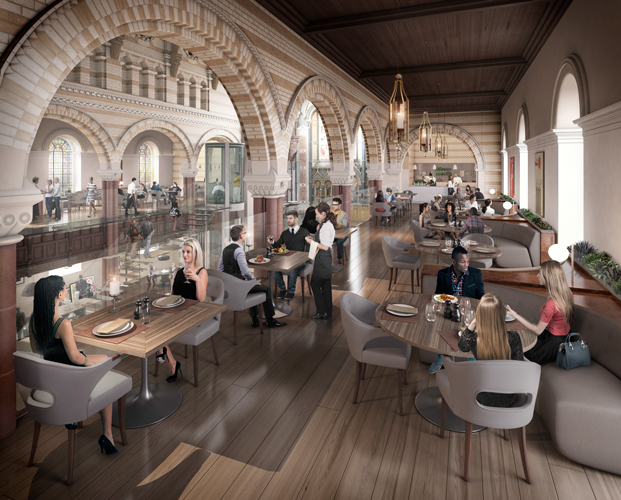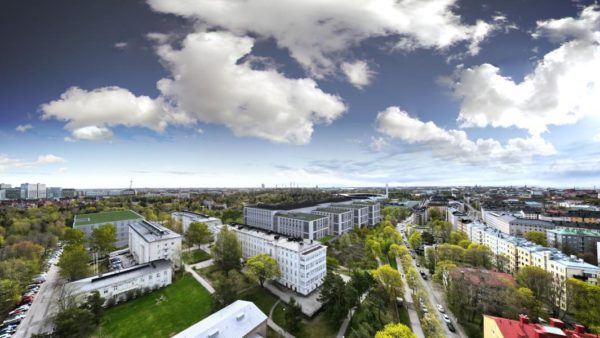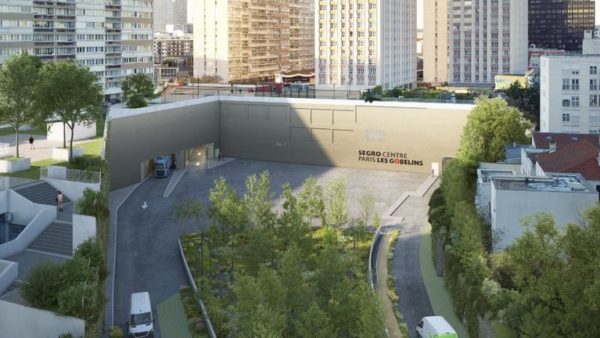UK consulting engineer Arup has unveiled a "living scaffold" concept which, it says, has the potential to reduce air pollution by up to 20%.
The structure, which is being trialled in the UK for the first time, has been installed on scaffolding at St Mark’s, a grade I-listed "Greek revival" church in the Mayfair area of west London that is being redeveloped by property company Grosvenor into retail and community space.
The wall, named "Living Wall Lite", spans 80 square metres and comprises a mixture of grasses, flowers and strawberries. As well as improving air quality, it reduced the visual impact of scaffolding and reduces noise pollution by up to 10 decibels.

A visualisation of the interior of the finished building (Grosvenor)
The wall was designed by Arup and made by Swedish specialist Green Fortune; it will be fitted with sensors to monitor its impact on noise, temperature and air pollution.
Mark Tredwell, the development director of Grosvenor, said: "This is a great initiative and is in line with our long-term ambition to reduce emissions from our London estate 50% by 2030. As well as reducing air pollution, we hope the living wall will introduce a rich biodiversity to Mayfair and encourage people to linger in the area."

The building before its £5m makeover (Grosvenor)
Alistair Law, the façade engineer who managed the project for Arup, said: "Living Wall Lite has the potential to transform scaffolding and hoardings into much more than just a cover up. By introducing plants and flowers, we can create a more attractive and healthier environment for local residents, businesses and workers on site."
The building will be completed next year.
Top image: The finished hall (Creative Commons)










